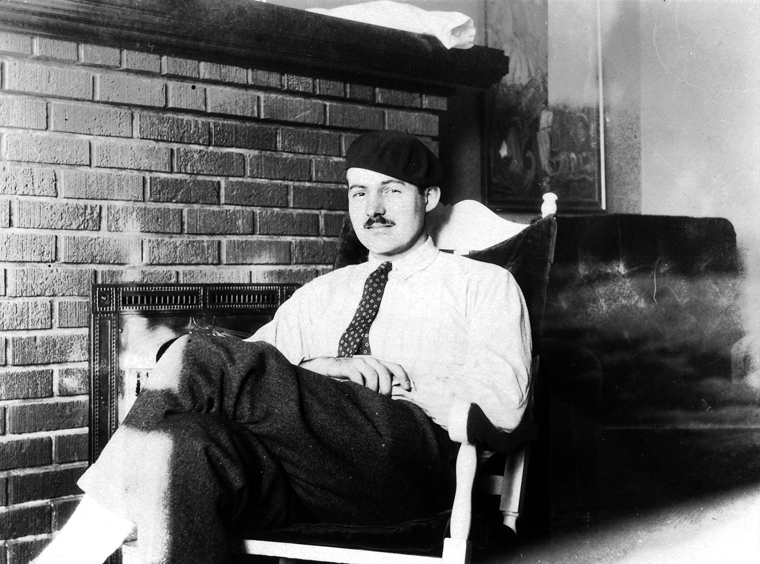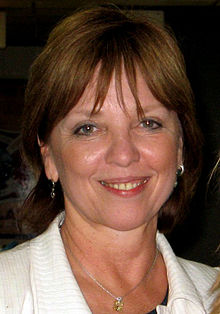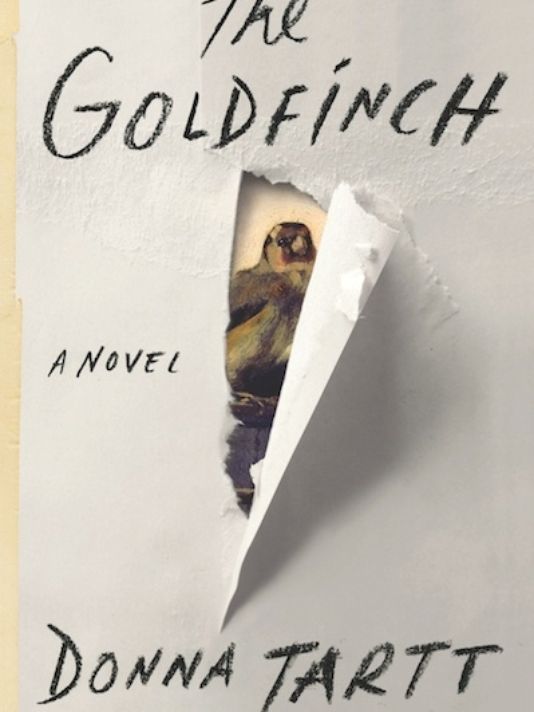Theme Essay by Anna Coppola
Forget the Bling and Fur Coats

2014 Top-Earning Authors
- James Patterson—$90 million
- Dan Brown—$28 million
- Nora Roberts—$23 million
- Danielle Steel—$22 million
- Janet Evanovich—$20 Million
- Jeff Kinney—$17 million
- Veronica Roth—$17 million
- John Grisham—$17 million
- Stephen King—$17 million
- Suzanne Collins—$16 million
Source: Forbes
Like most of my post-millennial generation, I’ve never known a time when TV stars and pop musicians weren’t decked in absurdly expensive clothes or sliding into lavish automobiles. In 2003, at the age of twelve, I remember how impressed I was when a faceless narrator on VH1’s The Fabulous Life of... exclaimed over Jennifer Lopez’s fur collection, personal crystal healer, and army of stylists and body guards.
 I was a bookish kid, but I loved this stuff. The VH1 episode reported that J.Lo’s cocker spaniel got a reflexology session at one fancy hotel. By the time I reached college, I assumed that if I knew a celebrity’s name—be it Jennifer Lopez or David Foster Wallace—he or she had to be wealthy.
I was a bookish kid, but I loved this stuff. The VH1 episode reported that J.Lo’s cocker spaniel got a reflexology session at one fancy hotel. By the time I reached college, I assumed that if I knew a celebrity’s name—be it Jennifer Lopez or David Foster Wallace—he or she had to be wealthy.
Even after graduating as an English major this year, I still believed that if novelists were well known enough to be the subject of a New York Times book review, they must be making more money than other authors. But huddled in front of my laptop on a muggy afternoon in July, embroiled in research for this piece, I finally discovered that the richest writers are not those who get literary awards or the stamp of approval from critics.
Consider James Patterson. The New York Review of Books and the Paris Review don’t deign to consider his work, let alone cherish it. And yet, according to Forbes’s 2014 list of “The World's Top-Earning Authors,” one in every seventeen hardcover novels sold in the U.S. is a James Patterson novel. In 2014, he earned 90 million dollars.
Then there’s Nora Roberts. Although Forbes notes that “in 2013 not a single book of hers broke the lucrative 10 figure mark,” Roberts still made enough with paperback and e-book sales to take in about $23 million from June 2013 to June 2014.
As a young writer and reader, I feel confused by this discovery and, quite honestly, a bit elitist. How can James Patterson and Nora Roberts be raking in so much cash? Literary legend Ernest Hemingway died in 1961 with an estate of $1.4 million. Even adjusting for inflation—this amount is now the equivalent of about $11 million, according to the Bureau of Labor Statistics—it’s well below the current annual income of pop writers like Patterson, Roberts, Dan Brown, and Danielle Steel.
It makes sense that a critic like Harold Bloom demands something different from a novel than a 22-year-old like me. I know books that have soothed my post-graduate fears—such as Charles Bukowski’s Ham on Rye—turn many critics’ stomachs. Still, today's critics and readers (and book publishers with money in their pockets) can’t seem to agree on what makes a jumble of words on a page literature.
 And I hate that. Book sales and dollar signs convey nothing about what literature is or how it changes the lives of those who read. Yet, the industry's tacit acceptance that financial success is the only thing that matters has created a whole lot of confusion about art. Meanwhile, out-of-touch critics are no help, as they rail against the kind of writing that gets people to buy books.
And I hate that. Book sales and dollar signs convey nothing about what literature is or how it changes the lives of those who read. Yet, the industry's tacit acceptance that financial success is the only thing that matters has created a whole lot of confusion about art. Meanwhile, out-of-touch critics are no help, as they rail against the kind of writing that gets people to buy books.
For me, form is important. Semantics and syntax are important. Intricate plot development captures my attention; I don’t like simple books trailing static characters who navigate a predictable storyline. But at some level, a literary work’s perfect form and sophisticated analysis no longer pay off. If a cerebral, well-honed essay doesn’t move me, if it doesn’t squeeze my soul or shift my opinions of the world and my fellow humans, I believe it’s failed as art.
Call me naïve. Some people might criticize me for expecting a literary author to hold my hand and make it easy. While wrestling with this topic, I remembered one of the insights I had on my very first day of college. In Art History 101, the professor, Barbara Wisch, told a sleepy lecture hall that art is only an artist’s lens.
My happy-go-lucky side loves this concept. Art is all around us! Anyone can be an artist! Expression is accessible and beautiful and saturates our world! A work of literature, then, is any collection of writing that symbolizes or depicts the author’s interpretation of life.
But just as fast, the warm, fuzzy feeling fades. Why study grammar if any old words can be art? I’m not ready to let go of a carefully measured poetic cadence or a polished metaphor. I don’t want to call Nicholas Sparks’s The Notebook a perspective-shattering work of art just because somebody raves about it on Good Reads or Amazon. Romantic sap has never changed the way I think.
On the other hand, Donna Tartt’s 2013 novel The Goldfinch did. It also won the Pulitzer, topped the New York Times bestsellers list, and impressed Michiko Kakutani of the NYT. And yet, Tartt received many harsh and completely contradictory responses from other notable critics. James Wood of the New Yorker took her to task for writing a novel that’s “a virtual baby…. Its tone, language, and story belong to children’s literature.” After Tartt got the Pulitzer, he sniffed to Vanity Fair:
I think that the rapture with which this novel has been received is further proof of the infantilization of our literary culture: a world in which adults go around reading Harry Potter.

The Goldfinch meant a lot to me. Tartt’s emphasis on the unpredictability of human nature reflects my real-world experiences. She may have stumbled on some clichés (as Francine Prose points out in the New York Review of Books), but more often, her imagery is fresh and super-charged:
I felt rotten. Dead butterfly floating on the surface of the pool. Audible machine hum. Drowned crickets and beetles swirling in the plastic filter baskets. Above, the setting sun flared gaudy and inhuman, blood-red shelves of cloud that suggested end-times footage of catastrophe and ruin: detonations of Pacific atolls, wildlife running before sheets of flame.
Could the artistic gatekeepers have been thrown by Tartt’s popular success? Possibly. But I’m more interested in the fact that The Goldfinch fans I know were surprised to find a critically acclaimed book sitting on bestseller lists.
To my mind, avant-garde writing deserves a place at the table along with academic essays and pop fiction. Good authors craft these works with different tools for different audiences. The enigma lies in the personal value each individual takes away from a particular book—and how different our needs and expectations are. Nora Roberts earned more in 2014 than Stephen King, who has sold more novels than David Foster Wallace—who’s received far more respect from critics than anybody on the Forbes 2014 list. But these writers all give their readers what they need.
An “infantilizing” novel taught me that people aren’t simply good or bad. Crude, nasty Bukowski showed me I’m not alone in feeling hopeless about humanity on occasion. Regardless of Tartt and Bukowski’s wealth, celebrity, critical acclaim—or lack thereof—their books have changed me. I will never put a price tag on that.
Publishing Information
- "The World's Top-Earning Authors: Veronica Roth, John Green, and Gillian Flynn Join Ranking" by Natalie Robehmed, Forbes, September 8, 2014.
- The Fabulous World of Jennifer Lopez, VH1, October 2003.
- “Hemingway Estate $.14 Million; Widow Is His Lone Beneficiary” by Robert Tomasson, New York Times, February 22, 1964.
- CPI (Consumer Price Index) Inflation Calculator, U.S. Bureau of Labor Statistics.
- "The New Curiosity Shop" by James Wood, New Yorker, October 21, 2013.
- “It’s Tartt—but Is It Art?” by Evgenia Peretz, Vanity Fair, July 2014.
Art Information
- "Ernest Hemingway, Paris, circa 1924," John F. Kennedy Library; Ernest Hemingway Collection (National Archive); public domain.
- "Jennifer Lopez at ISC Miami" by PA2 Anastasia Burns, August 29, 2004; public domain.
- Nora Roberts (2007) by Dev Librarian; Creative Commons license.
 Anna Coppola is a Talking Writing editorial intern and recent college graduate who lives in New York City. She fills her days with waitressing, writing, and worrying (and a bit of classical music, too).
Anna Coppola is a Talking Writing editorial intern and recent college graduate who lives in New York City. She fills her days with waitressing, writing, and worrying (and a bit of classical music, too).
In an ideal world for writers, Anna says, it wouldn’t hurt to spread the money around.
